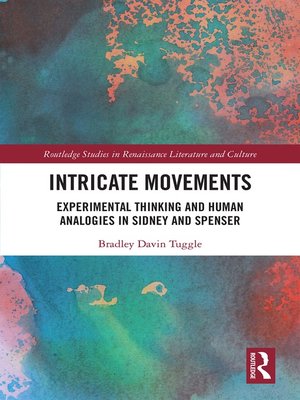Intricate Movements
ebook ∣ Experimental Thinking and Human Analogies in Sidney and Spenser · Routledge Studies in Renaissance Literature and Culture
By Bradley Tuggle

Sign up to save your library
With an OverDrive account, you can save your favorite libraries for at-a-glance information about availability. Find out more about OverDrive accounts.
Find this title in Libby, the library reading app by OverDrive.



Search for a digital library with this title
Title found at these libraries:
| Library Name | Distance |
|---|---|
| Loading... |
Renaissance humanism takes as one of its subjects for inquiry the category of the human itself. As Intricate Movements: Experimental Thinking and Human Analogies in Sidney and Spenser shows, late sixteenth-century English poets found some remarkably radical ways to interrogate and redefine the status of humans.
The recent vogue for posthumanist theory encourages a view of non-human objects and animals in Renaissance literature as pathways to essentially anti-humanist thought. On the contrary, this book argues that Sidney, Spenser, and their contemporaries employ animals, earth, buildings, and fictions as analogies employed toward a better understanding of what makes humans a special category, both ontologically and ethically. Horses and riders are studied by Sidney as a way to understand readers and writers; the 1580 Dover Straits Earthquake provides Spenser and Gabriel Harvey an opportunity to explore human emotion; liturgical spaces are represented by Sidney and Spenser in order to reassess human community; and fictional persons are interrogated by Spenser as models for human interpersonal epistemology.
This volume seeks to return critical assessments of the period's engagement with the non-human back to human concerns. Focusing on several early modern analogies between human and non-human entities, Intricate Movements argues Sidney's and Spenser's thinking about the human is both radically experimental and, ultimately, humane.







